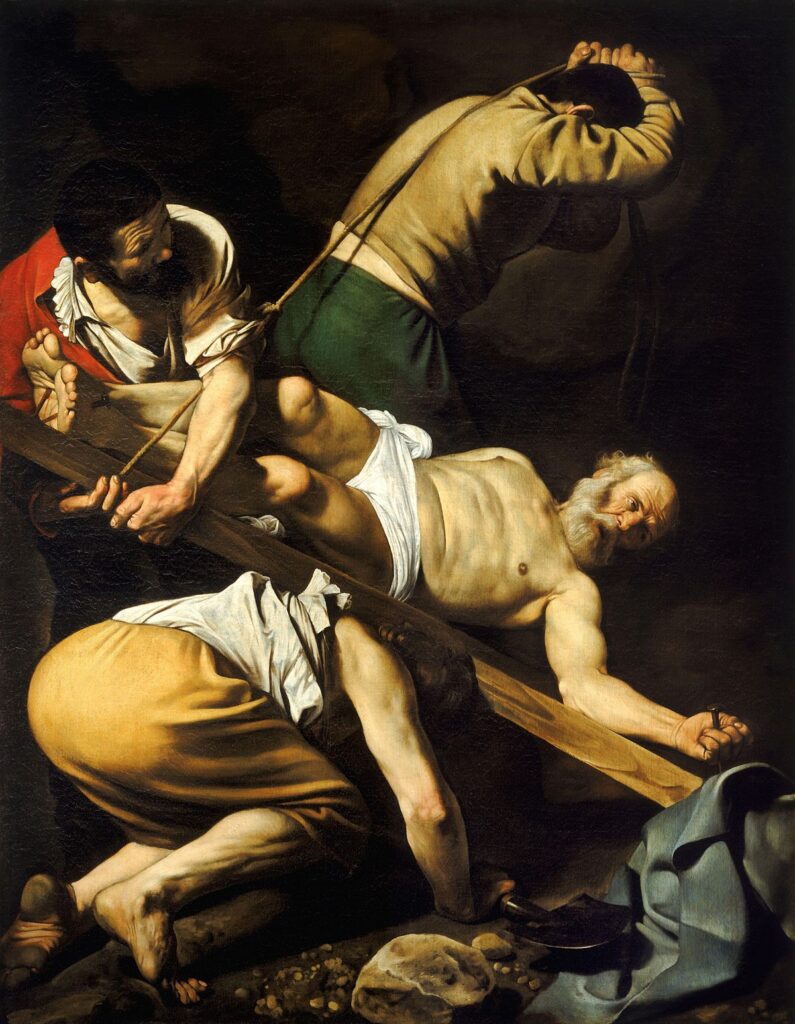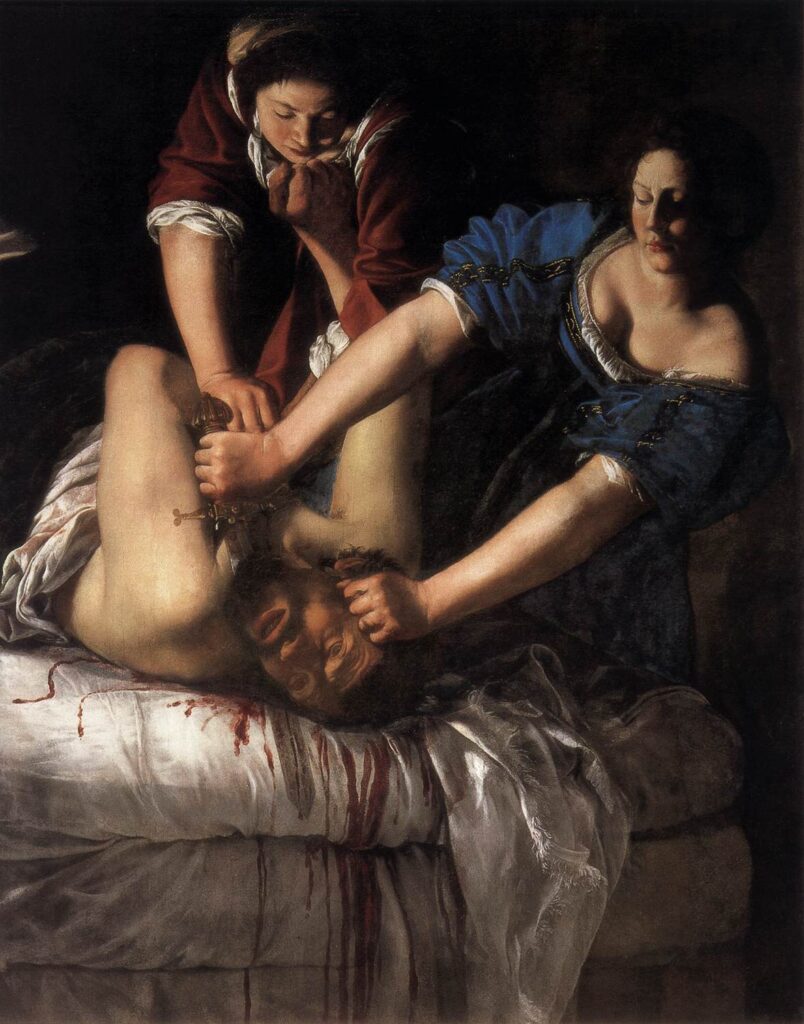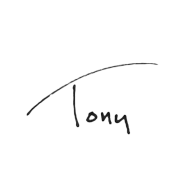What are some similarities, differences, and how might Artemisia Gentileschi’s past trauma inspire her work?
The following is an assignment from my humanities of the Modern World class. Here is the prompt:
Pages 271–272 – Italian Baroque painting. Look carefully at the reproductions of two paintings: Caravaggio’s The Crucifixion of St. Peter from 1601, and Artemisia Gentileschi’s Judith Slaying Holofernes from ca. 1614-1620.


Page 271–272 – What is similar and what is different in what is pictured in the two paintings? Both paintings are compelling. What contributes to their impact? Artemisia Gentileschi is one of the few famous women artists of this period (and, sadly, of any period in Western art until the twentieth century). Does anything in her painting suggest a specifically female perspective?
The following is my response:
These two masterworks Caravaggio’s The Crucifixion of Peter and Gentileschi’s Judith Slaying Holofernes, are similar in how they are both painted on black backgrounds and contain violent, dramatic depictions. The bold contrasts of light and dark are what Fiero describes as hallmarks of Italian Baroque paintings (Fiero, 2020, p. 271). Fiero also says the works’ actual size and impact are comparable (Fiero, 2020, p. 271). They seem to have some pulling or pushing effect. We know that, as with Baroque sculpture, the technique of foreshortening lures the eye of the viewer into the action with angles and perspective, making objects appear to recede into space (Fiero, 2020, p. 271). It is a beautiful technique that makes the paintings feel real and happening right in front of our eyes.
The two paintings are also comparable in attention to detail and realism. In Caravaggio’s image, we can see the dirty feet of one of the assailants to Peter. We can see the expression and light being used, a specialty of Caravaggio (National Gallery, 2016). In Judith Slaying Holofernes Gentileschi’s details, the blood spewing precisely from the victim’s neck in the most realistic attempts. It believably runs down each seam of the linens underneath. Each bloody detail is finely illustrated down the drops appearing on the bosom of the attacker.
The differences are few and minute but noticeable. The subjects depicted as victims are of different sexes. If we didn’t know the backstory of Holofernes, the women in Gentileschi’s work might be exacting their brand of justice as avengers or carrying out the most heinous of murders. Fortunately, we know that Judith is defending the name of Israel and killing Holofernes as an act of defiance, which was a famous allegory of liberty and religious defiance during the Renaissance (Fiero, 2020, p. 272).
The fact that two women are beheading a man in Judith Slaying Holofernes raises more questions than answers. The painting by Gentileschi was on par with her other favorite subject, female heroines (Fiero, 2020, p. 272). It begs the question, what did this guy do to these women that made them want to behead him? Or was this a random act of violence? What has happened to the painter to suggest such a situation? According to Fiero, we know that we see the painting from a victimized female perspective because of Gentileschi’s dealings with rape from a former drawing teacher at the age of eighteen (Fiero, 2020, p. 272).
References
Fiero, G. K. (2020). Landmarks in humanities (5th ed.). McGraw Hill Education.
The National Gallery. (2016, March 3). Caravaggio: His life and style in three paintings | National Gallery [Video]. YouTube. https://www.youtube.com/watch?v=1KcdgFxmnb4


Leave a Reply